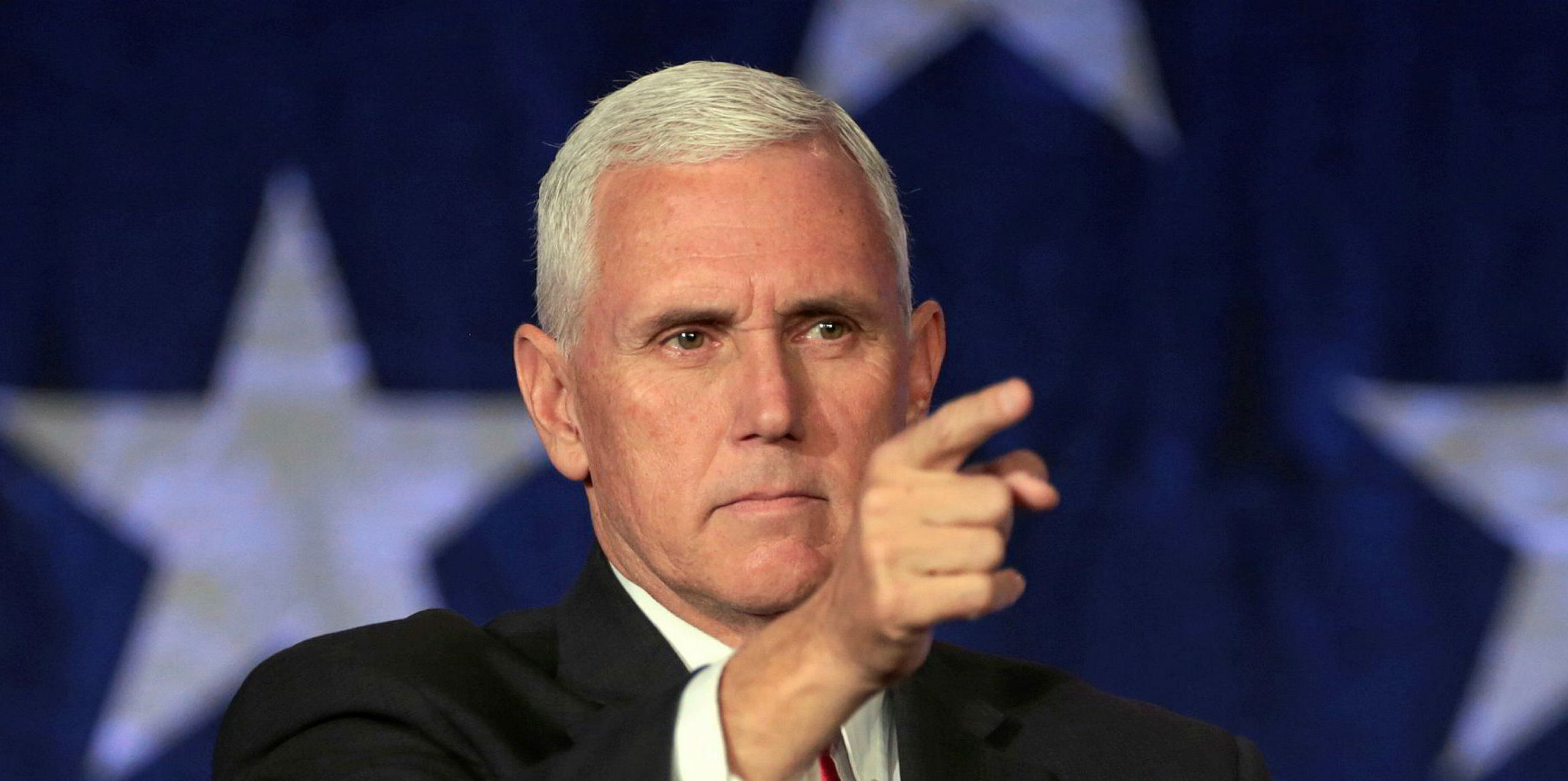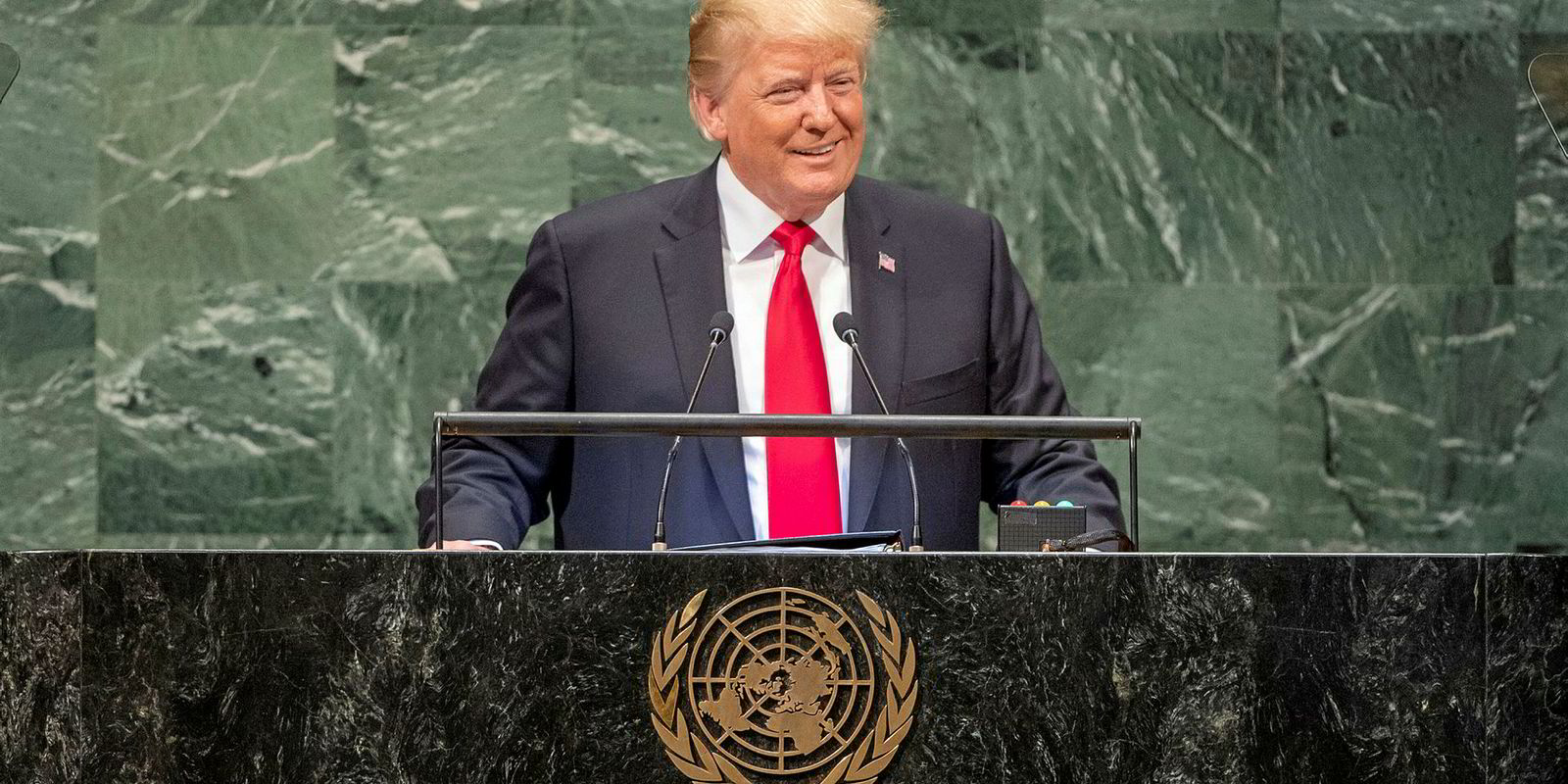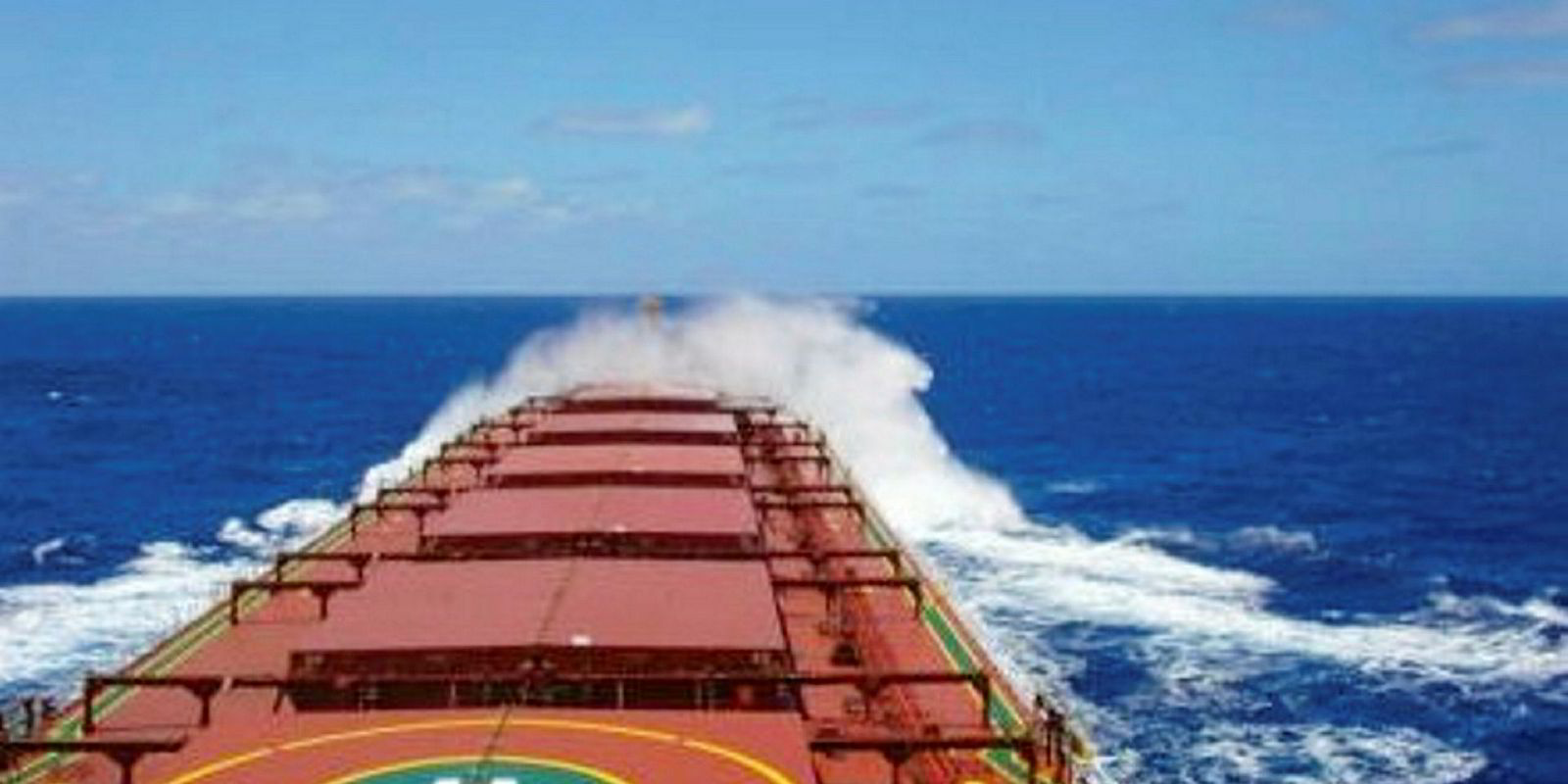In 2000, Bill Clinton signed the US-China Relations Act, which normalised bilateral trade relations and supported China’s entry into the World Trade Organization the following year. The two countries have since grown to become each other’s largest trading partner. Supported by US consumers and Chinese manufacturers, the convergence of the two economies has led to what has been termed “Chimerica”.
This close integration has been one of the strongest support factors for seaborne trade this century, with China soaking up energy products and raw materials for manufacturing needs and sending containerised goods to the US. The world’s total container volume has more than tripled since 2000, while wet and dry bulk trade has doubled, according to data from Clarksons.
But Chimerica is now under question as an economic cold war looms. If matters worsen, the shipping world could face profound changes in the decades ahead.
Instead of a strategic partner, the US has now labelled China a “strategic competitor”. The countries’ attitudes towards each other have been growing increasingly hostile this decade, with conflicts over trade and politics.
‘Political, economic and military tools’
In a speech seen by many as a declaration of a new cold war last October, US Vice President Mike Pence said: “Beijing is employing a whole-of-government approach, using political, economic and military tools, as well as propaganda, to advance its influence and benefit its interests in the US. We will not relent until our relationship with China is grounded in fairness, reciprocity and respect for sovereignty.”
Against this background, the current trade war should be viewed as a symptom of a worsening bilateral relationship rather than an individual event. Shipping market players risk missing the big picture if they simply look at today’s trade data.
At first glance, the tensions stoked in the past year by US President Donald Trump may not hit seaborne trade much. When all of the tariffs — proposed and in force — are taken into consideration, they involve only around 1.4% of global trade volumes, with the container and dry bulk sectors most affected, according to Clarksons.
But what matters is what lies beyond the headline figures. With the strategic rivalries, Chinese and US companies are limiting their exposure to each other — and that will continue, regardless of tariffs.
In one example, China decided to leave out crude from its list of tariffs on US imports in August. Still, having been the largest US crude importing nation in the first seven months of 2018, China has bought hardly any since.
It is an early example of the decoupling of the two economies — and, although not welcomed by US shale oil producers, it may not be in conflict with Washington’s endgame.
“The US will ramp up its economic war with China, with the goal of securing a commercial divorce from China,” Gary Clyde Hufbauer, a senior fellow at the Peterson Institute for International Economics, wrote in East Asia Forum in November.
Those who blame the worsening trade relationship simply on the Trump administration’s impulsive tendencies could be mistaken. Former President Barack Obama deliberately designed the Trans-Pacific Partnership (TPP) to counter China’s rise, and congressional Democrats have largely supported Trump’s China stance. A change of ruling party at the next election would not alter those views.
Division of the world into two trading zones may lead to trade inefficiencies on occasions, which could bode well for tonne-mile demand
Shipping companies may need to prepare for two supply chains: one led by the US and one by China.
While abandoning the TPP, the Trump White House has renegotiated trade pacts with Canada, Mexico and South Korea. Bilateral deals with Japan, the Philippines, the European Union and the UK are also on the cards.
China will continue to push for the Belt and Road Initiative, to promote its transport links between developing countries across Asia and Africa.
Division of the world into two trading zones may lead to inefficiencies on occasions, which could bode well for tonne-mile demand. China’s imposition of tariffs on imports of US LPG and soybeans in 2018 has not hit gas and dry bulk freight rates significantly.
But the implications would not be limited to trade routes. Chinese maritime firms will probably avoid investing in the US, and vice versa.
In November, state-owned China Cosco Shipping was forced to put Long Beach Container Terminal in California up for sale over concerns about competition and US national security.
Weaker economic prospects
Even more worrying are weaker economic prospects, which would hit the underlying shipping requirement. The International Monetary Fund revised its latest forecast of global growth for 2018/2019 down by 0.2%, partly due to trade tariffs.
In the Cold War, the US, Soviet Union and their spheres of influence had limited trade with one another. It is hard to conceive China and the US untangling their trade networks in that fashion in the 21st century.
But the world could be moving in that direction if political pressures continue to outgun economic considerations, and that would reverse the unprecedented trade growth that has lifted shipping over the past three decades.






